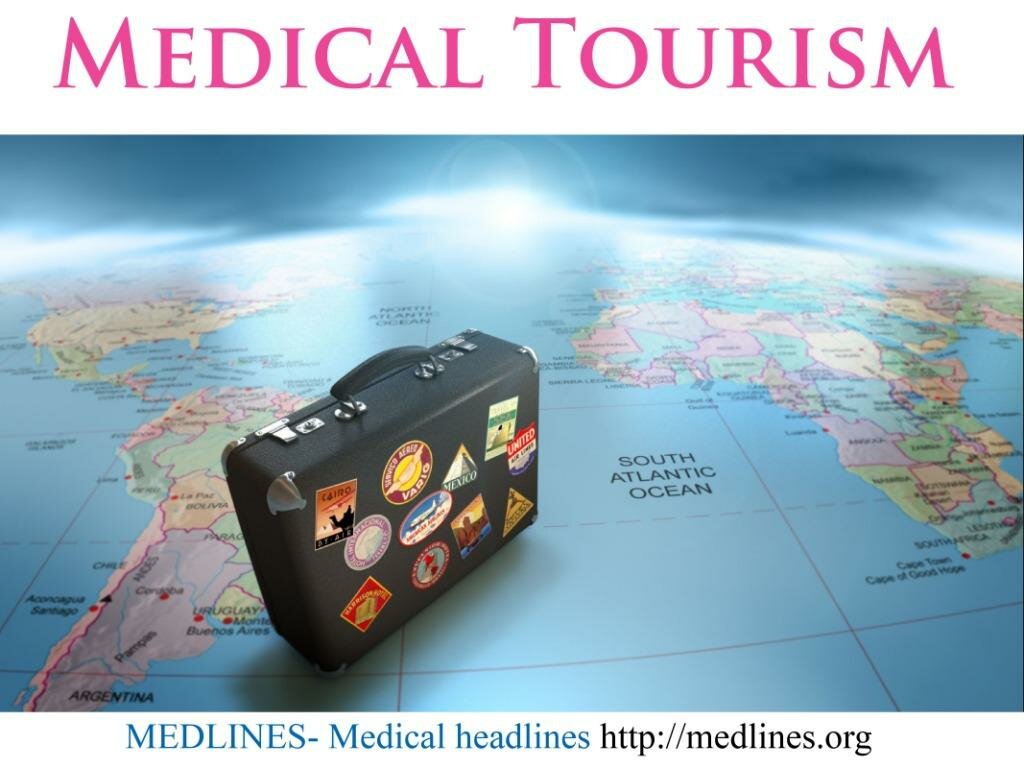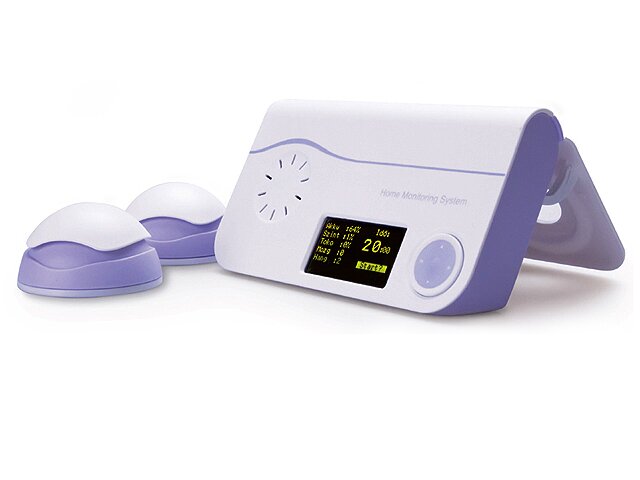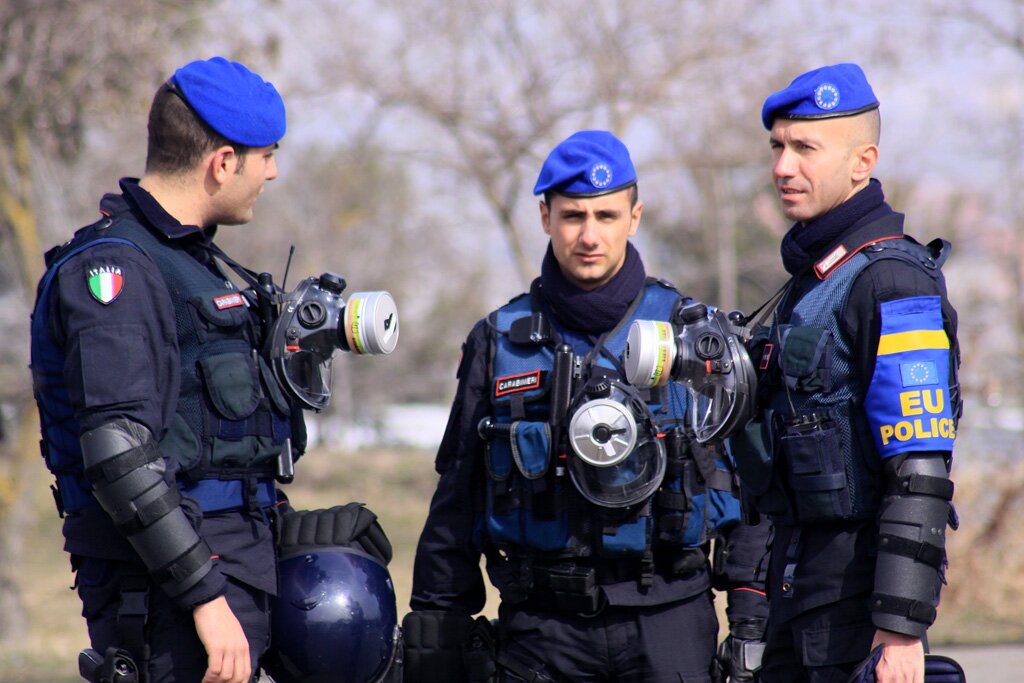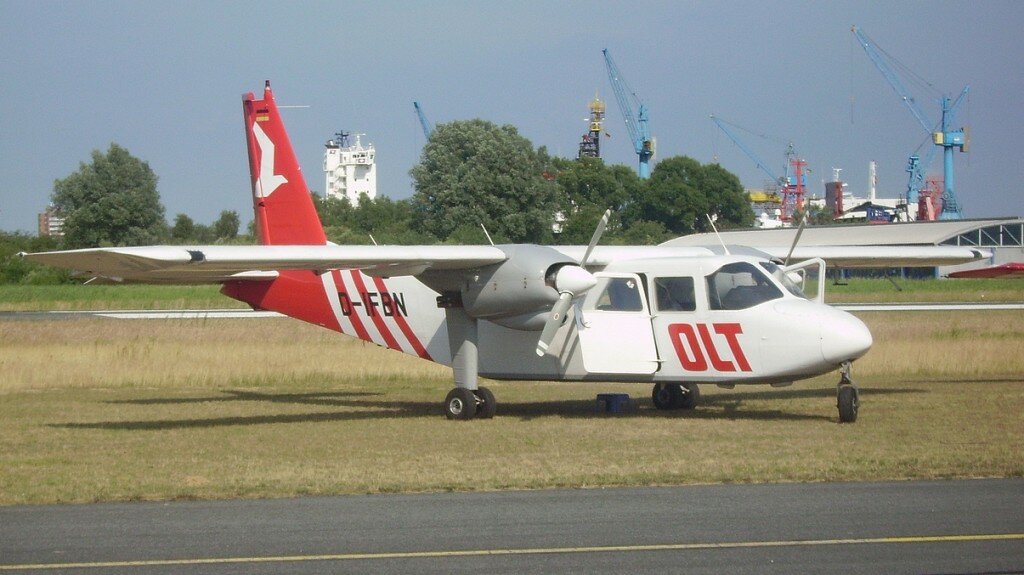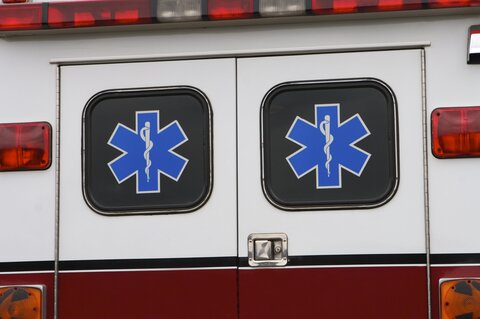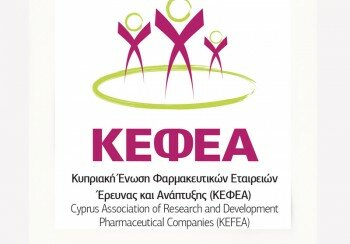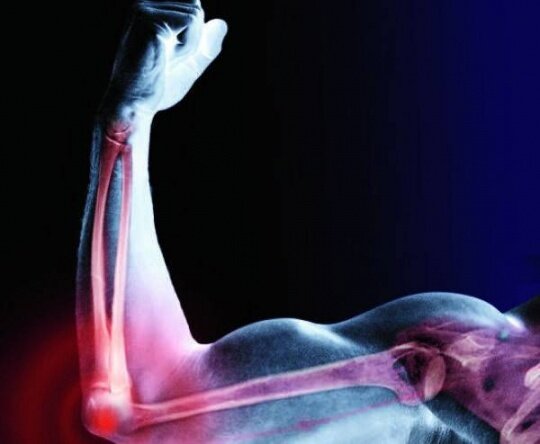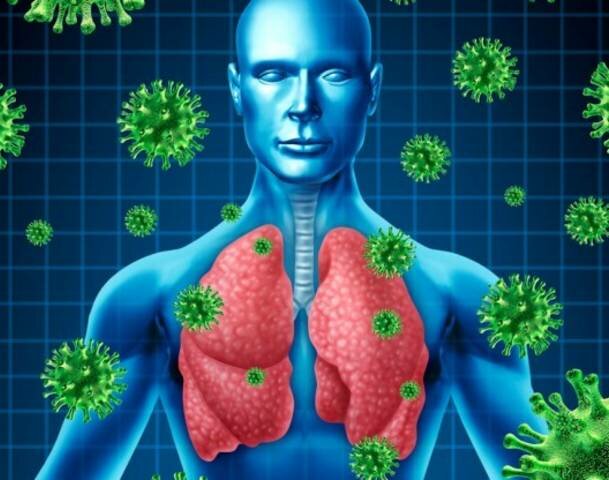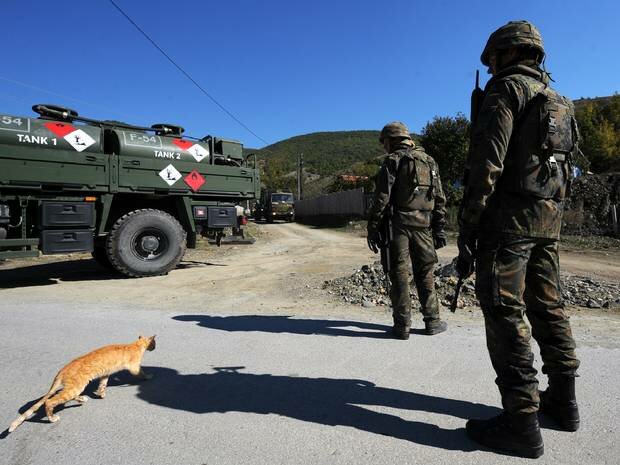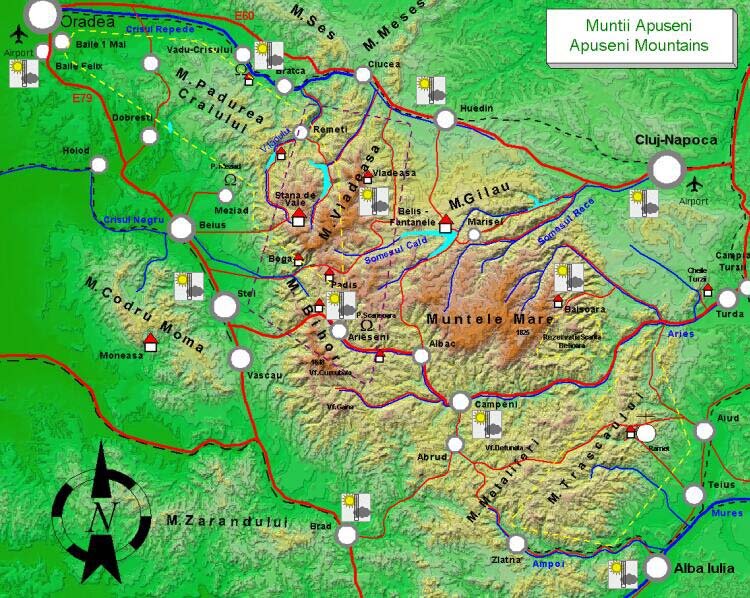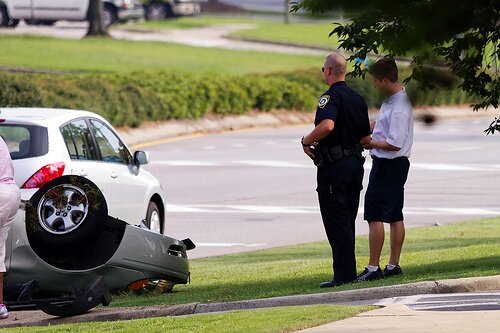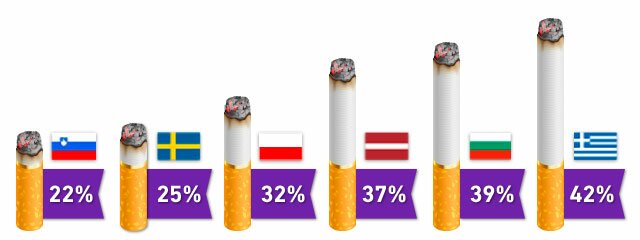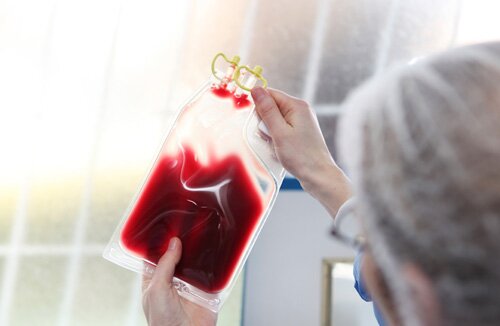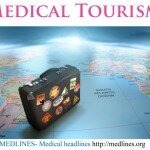Hungarian wireless fetal monitor will be present at Tech Match
There is a good chance that the hungarian medical product will succeed at Tech Match Startup Fair in California.
The inventors of Fetaphon – wireless fetal monitor to facilitate constant information exchange between doctor and patient on fetal health- are taking part on the prestigious event of the US MAC and Traction Tribe sponsored and founded Tech Match taking place in San Francisco this February. The Hungarian finalist, among with another Hungarian innovation is ready land its feet in the US after a compelling “pitch” in front of the most influential innovators of the US.
Remotaid – which owns the right of the device- is planning to sell at least 100-150 machines in the near future for expectant mothers, and to place at least 1500 of it to private practices for the mother’s convenience. And thanks for Prezi- another Hungarian once startup, now giant- you can watch their presentation online too, to understand the “case” more: Click here.
So lets see what is Fetaphon!
Remotaid introduces a wireless fetal monitor to facilitate constant information exchange between doctor and patient on fetal health. Fetaphon is a passive fetal heart rate monitoring device that utilizes a phonocardiographic method that makes home application safe and convenient. The device recognizes disorders immediately and communicates them to the patient in case urgent medical assistance is needed. The innovation lies in a new wireless technology that utilizes cellular communication in order to establish real time interaction between patient and doctor. In the USA, there are 16,320 obstetrician and gynecologists with an own practice providing 70% of the total employment of this industry. At 4 million annual childbirths, the estimated rate of births per physician is 170 per annum, creating favorable conditions to launch 245,000 Fetaphon in order to cover patient and doctor needs.
Fetaphon® is an innovative medical device for fetal heart-rate monitoring, which helps prevent risks and protect your unborn baby. Fetaphon® was developed to help you feel more secure. Fetaphon® is a high-quality device based on innovative medical technology that allows to monitor your baby’s health without any risk for your and vulnerable fetus health. You may listen to your baby’s heart beat and do the test at home. The data received from your fetaphon® device will be analyzed afterwards by your doctor and-/-or by the highly qualified specialists of our evaluation center
source: http://www.ctgotthon.hu/#/fetaphon
Pin It









